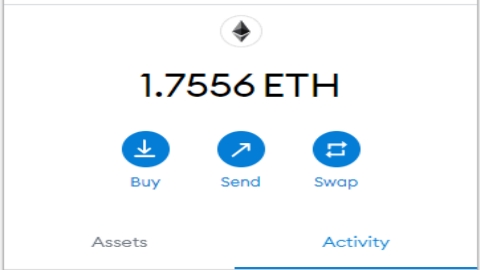Russia has invaded Ukraine, causing commodity prices to hit new all-time highs, while the market has started to de-risk, sending equities down. As oil and gas supply disruptions loom, markets anticipate policy easing from major central banks.
Already in the run up to the crisis, commodities were pricing in a geopolitical risk premium that did nothing but rise with Russia’s decision to invade the country. The Bloomberg Commodity Index (BCOM) is up 20% so far this year, WTI oil is up 8% today and Brent is trading above $100, the highest level since 2014. The gas shortage in Europe it has been exacerbated by Germany already blocking the opening of the Nordstream 2 pipeline on Monday, making further problems in much-needed gas supplies likely. As a result, gas traded in the Netherlands is up 50% since Monday.
However, the crisis has repercussions beyond energy supply, as inventories of the main raw materials have fallen to their lowest levels in 20 years. Ukraine is responsible for 12% and 16% of world exports of wheat and corn, respectively, and it is not yet known to what extent Ukraine’s ports and transport infrastructure will be damaged by the military conflict. In addition, Ukraine and Russia are one of the largest exporters of fertilizers, which introduces risks around global food security. Meanwhile, all US grains are already trading at their highest daily gains of 6%, causing major trade disruptions, and French wheat is up 17% today. The picture in metals markets, marked by Russian dominance, is similar: aluminum is up 4%, nickel 5% and palladium 7%, according to intraday data.
The sanctions will introduce new premiums in all these markets. However, given Europe’s dependence on Russian gas, industrial metals and fertilizers, sanctions could be less viable options than expected. In addition, Russia signed an energy agreement with China worth 150,000 million euros in an attempt to reduce the country’s network with the West, which further undermines the power of the sanctions imposed.
This full-fledged military conflict has greatly increased the risks of oil and gas supply disruption, but it can be assumed that Russia will honor its long-term energy supply contracts, as it has in the past. However, the country is unlikely to send additional gas to replenish European inventories in the summer, which are now 20% below their five-year averages. This could be a major problem next winter. Furthermore, the much-discussed sanction of excluding Russia from the SWIFT payment system will be complicated. If Russia cannot receive payments for its oil and gas deliveries, it will restrict or even cut off supply. To alleviate the situation, Europe and the US could resort to an immediate agreement on a new oil pact with Iran. Although such an agreement would contribute to bringing new barrels of oil to the market – up to a million barrels per day in six months – it would create new geopolitical risks in the Middle East.
Central banks are expected to opt for maintaining growth
Given that the crisis could affect growth in the US and, in particular, in Europe, the main central banks could move from fighting inflation to restoring growth and the proper functioning of capital markets, depending on of the duration of the crisis. In fact, markets are already revisiting the likelihood of the Fed’s projected rate hike path in anticipation of dovish moves, as the long end of the US Treasury curve is showing large declines in real yields. .
